What Is a Breather Valve?
Structure, Function, and Operating Principle
-
What Is a Breather Valve?
A breather valve, also known as a pressure-vacuum relief valve (PVRV), is a safety device that protects storage tanks from explosion or collapse caused by pressure differences. It is typically installed on top of storage tanks for fuels, chemicals, LPG, or gases..jpg)
KSBB -
Structure of a Breather Valve
A breather valve consists of the following main components:
-
Valve Body: Made from steel, stainless steel, aluminum, or cast iron, designed to withstand pressure and harsh environments.
-
Valve Cap: May include or exclude a flame arrester.
-
Spring or Weighted Disc: Regulates the valve’s opening pressure.
-
Sealing Gasket: Ensures gas or vapor only escapes when the set pressure is reached.
-
Flame Arrester (Optional): Prevents flames from entering the storage tank.
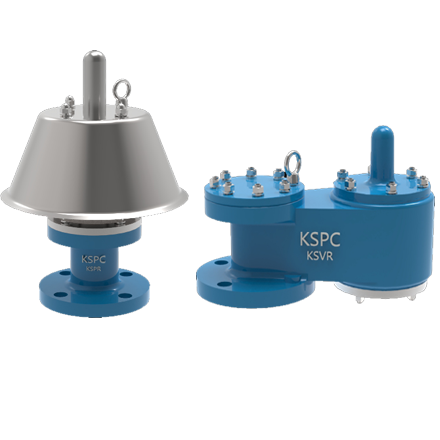
KSPR KSVR
-
Functions of a Breather Valve
-
Releasing Excess Pressure: When internal tank pressure exceeds the set threshold, the valve opens to release gas, preventing tank explosion.
-
Drawing Air into the Tank: When internal pressure drops below safe levels, the valve opens to let air in, preventing tank collapse due to vacuum.
-
Preventing Solvent Vapor Loss: Protects the environment and reduces fuel loss.
-
Integrated Flame Arrester: Safeguards tanks from fire or explosion caused by sparks or sudden pressure surges.
-
Operating Principle of a Breather Valve
The breather valve operates based on the pressure differential between the inside of the tank and the external environment:
-
When internal pressure exceeds the set point: The force on the valve disc surpasses the spring force, causing the valve to open and release gas. When pressure returns to a safe level, the valve automatically closes.
-
When internal pressure drops (vacuum forms): External atmospheric pressure is higher than inside the tank, causing the valve to open and allow air in. Once pressure is balanced, the valve closes.
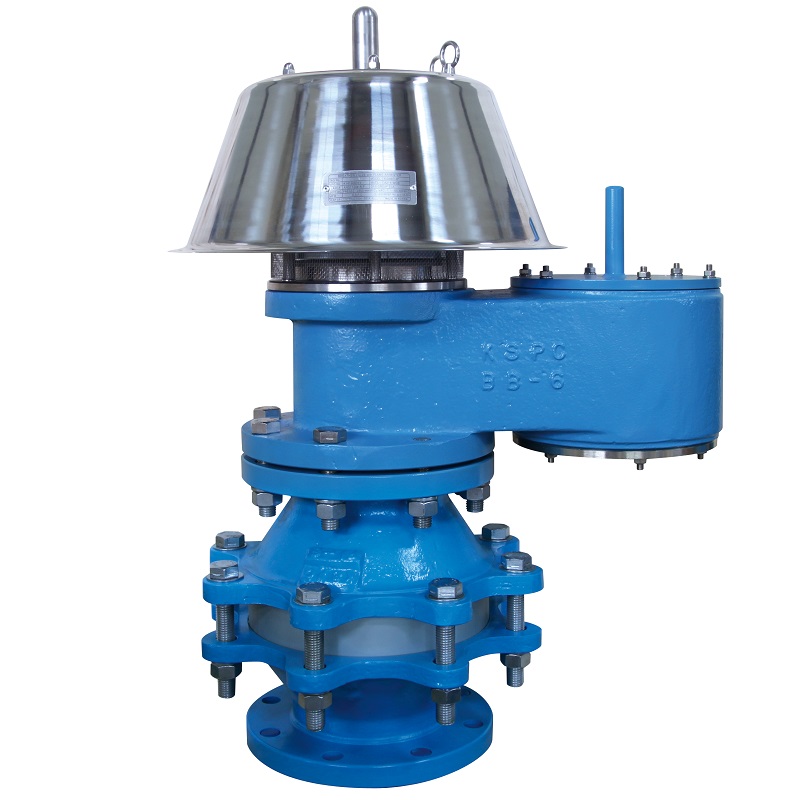
KSBBFI
-
Types of Breather Valves
-
Pressure-Vacuum Relief Valve: The most common type, protecting tanks from both overpressure and vacuum.
-
One-Way Breather Valve: Allows airflow in only one direction, either in or out.
-
Breather Valve with Flame Arrester: Used in flammable or explosive environments.
-
Emergency Breather Valve: Activates during sudden overpressure incidents.
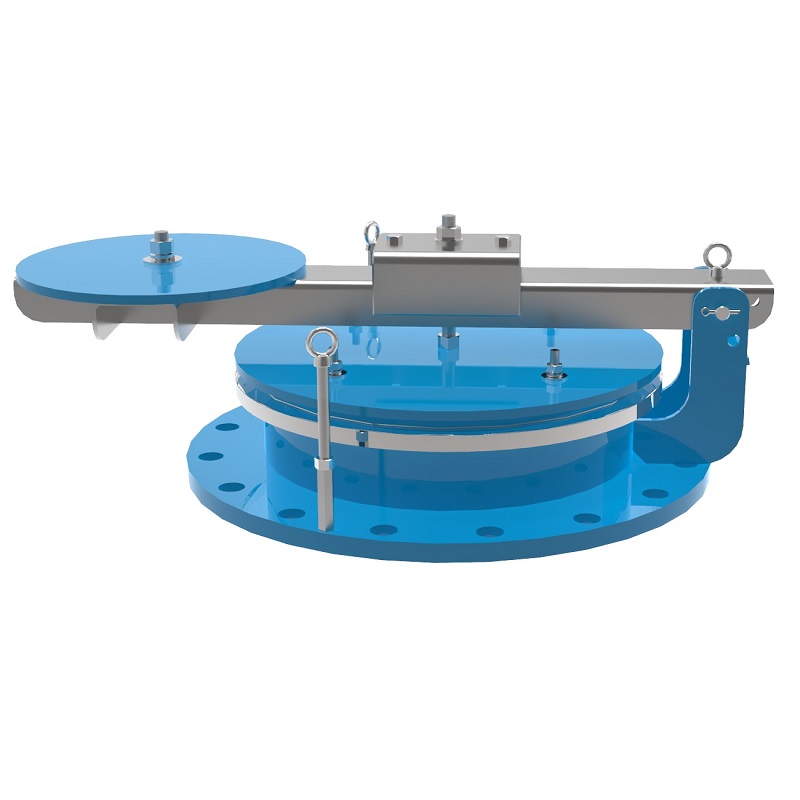
KSEPK
-
Applications of Breather Valves
-
Oil and Gas Industry: Installed on fuel, oil, LPG storage tanks to control pressure.
-
Chemical Industry: Protects chemical storage tanks from volatile substance loss.
-
Food and Pharmaceutical Industry: Controls vapor and protects storage environments.
-
Compressed Air and Gas Storage: Ensures safety in high-pressure systems.
Breather valves are essential devices that maintain safe pressure levels in liquid or gas storage systems, preventing explosion risks and fuel loss.
Contact: PHUC MINH TECHNICAL CO., LTD. for reliable, high-quality industrial valve solutions.
Email: duong@pm-e.vn
Cellphone/Zalo: +84 902 499 190
Address: 92/38, Street No.12, KP18, Binh Hung Hoa Ward, Binh Tan District, Ho Chi Minh City, Vietnam.
Related News
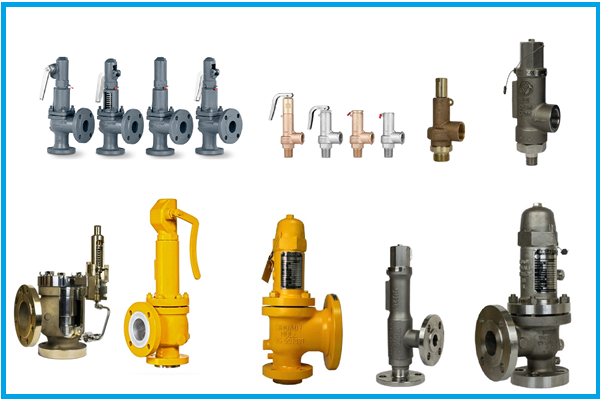
Benefits and uses of safety valves
05/11/2025
Safety valves are essential devices in industrial systems, designed to protect equipment and ensure operator safety. Below is a detailed analysis of the benefits and applications of safety valves.
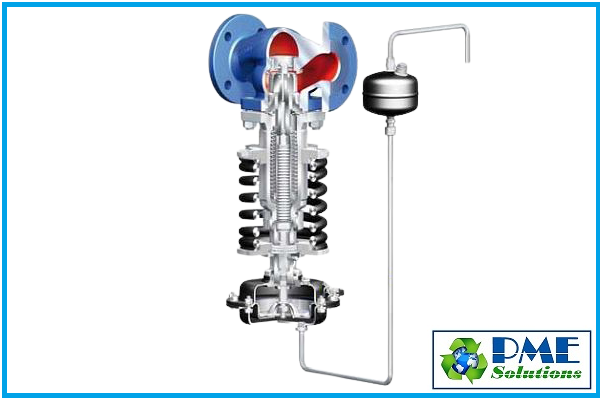
Benefits, Functions, and Applications of Pressure Reducing Valves
05/11/2025
Pressure reducing valves, also known as pressure regulating valves, are critical devices in industrial piping systems that help control and maintain safe pressure levels, protecting equipment from damage due to overpressure. Below is a detailed analysis of the benefits, functions, and applications of pressure reducing valves.
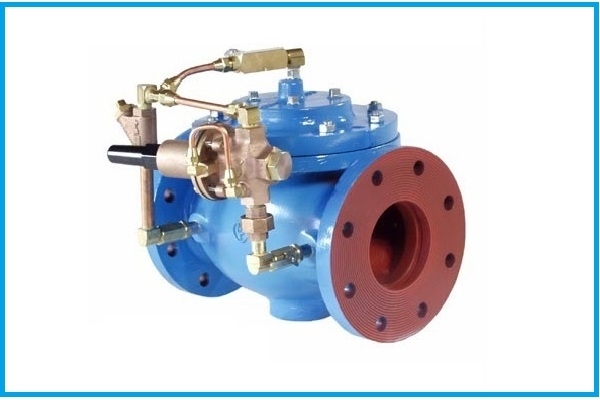
What is a pressure reducing valve? Structure, Operating Principle, Adjustment and Classification of Pressure Reducing Valves.
05/11/2025
Pressure Reducing Valve is also known as pressure regulator, pressure stabilizer, pressure regulating valve, etc. It is a type of industrial valve installed on the pipeline, with the function of reducing pressure and stabilizing output pressure, so that the output pressure is always smaller than the input pressure of the system, helping fluids to be easily transmitted to different devices. but the pressure is not too different.
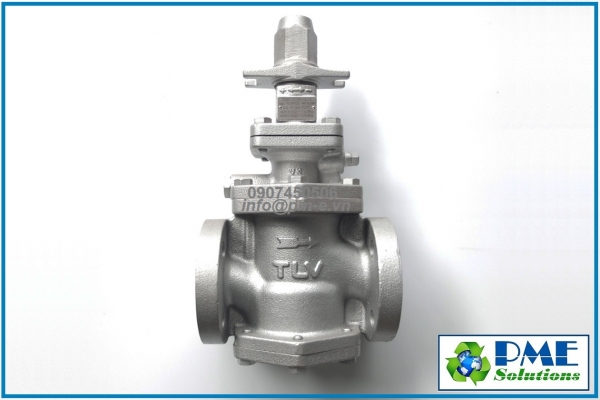
Overview Of Pressure Reducing Valve (Prv)
05/11/2025
A Pressure Reducing Valve (PRV) is a device used to regulate and maintain a constant downstream pressure by reducing high inlet pressure to a safe and stable level. It plays an essential role in protecting piping systems, equipment, and ensuring operational safety from overpressure. PRVs are widely applied in: Steam systems Compressed air systems Water distribution systems Hydraulic and industrial process systems
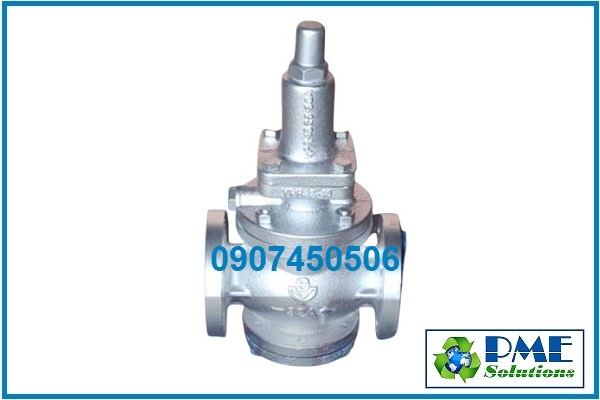
WORKING PRINCIPLE OF SAMYANG PRESSURE REDUCING VALVE
05/11/2025
Samyang pressure reducing valve is an automatic pressure control device widely used in steam, air, water, and hydraulic systems. Manufactured in Korea, Samyang valves are designed to stabilize outlet pressure, protect equipment, and extend the lifespan of piping systems.









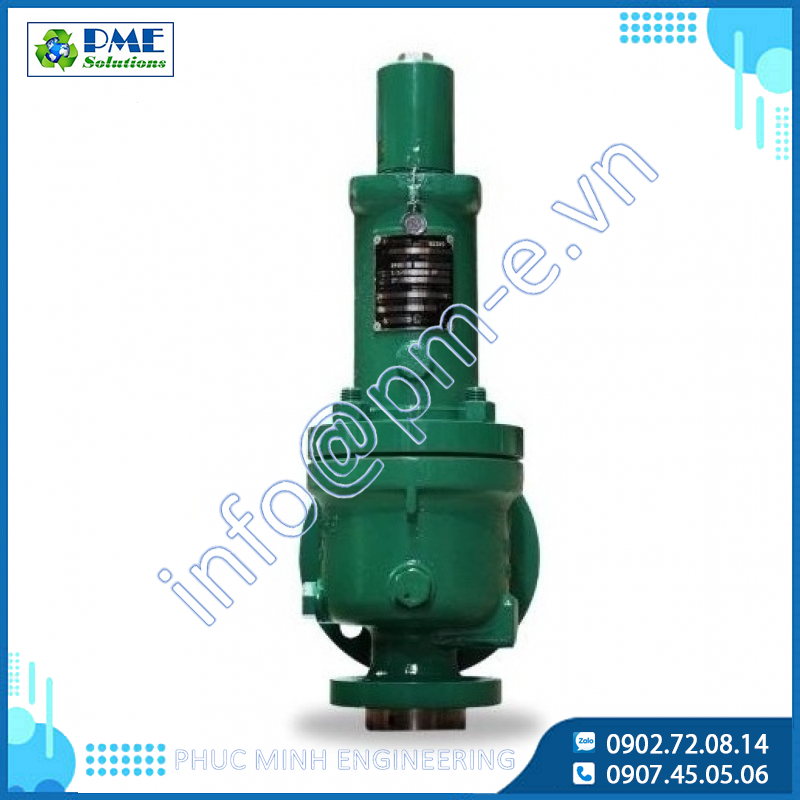
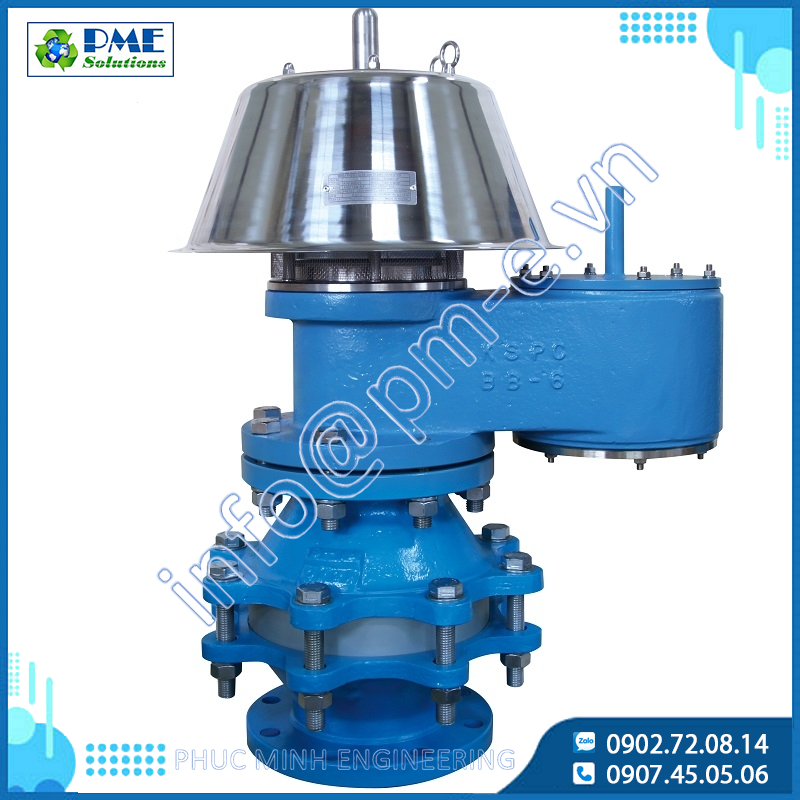
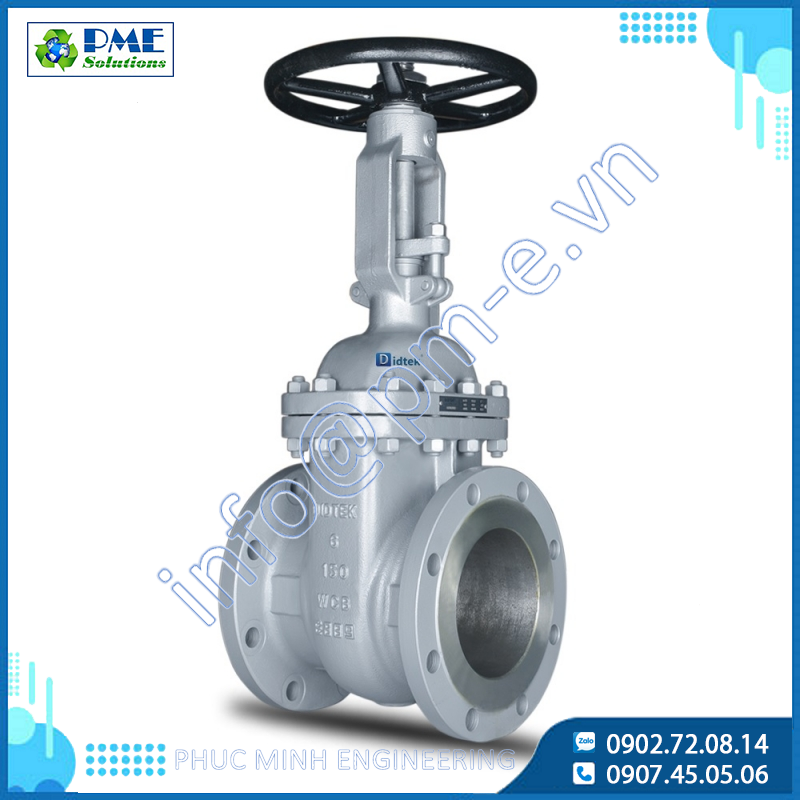
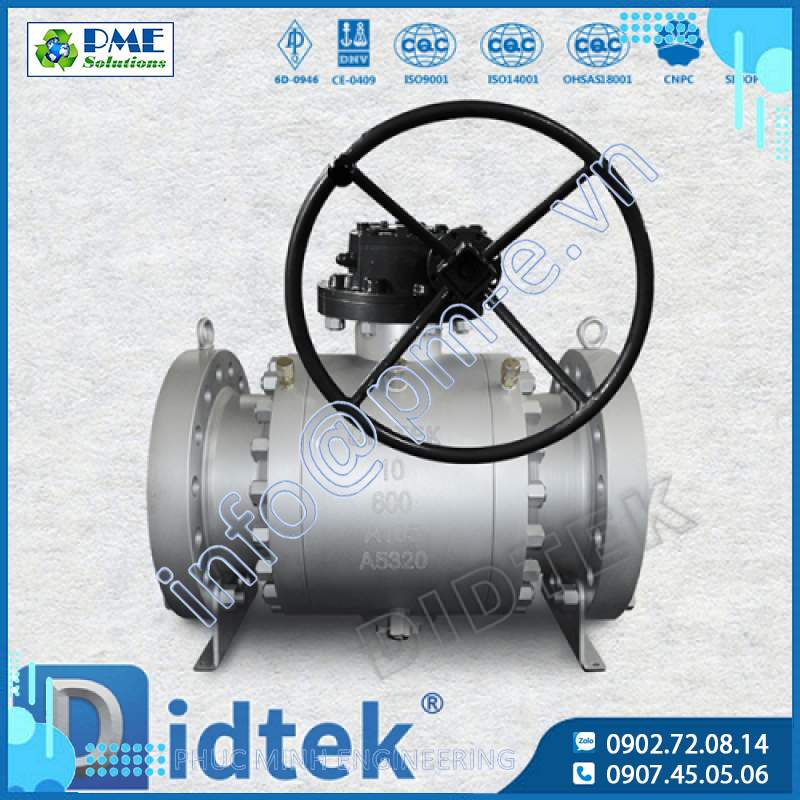
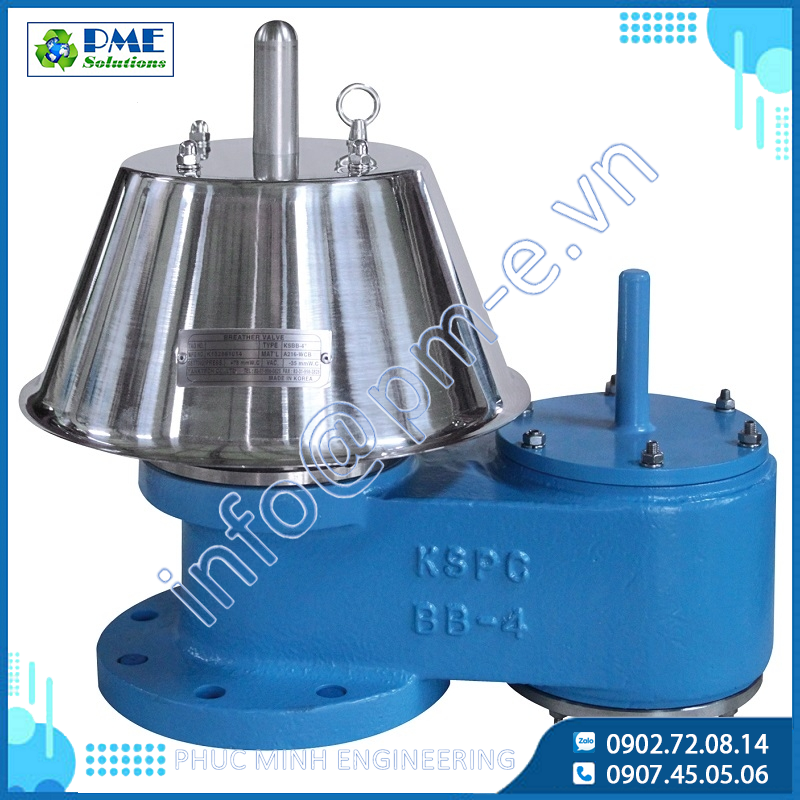


.png)






